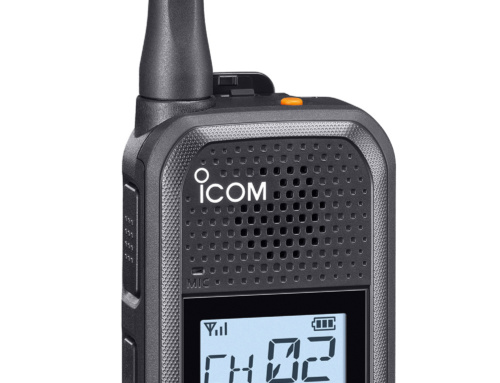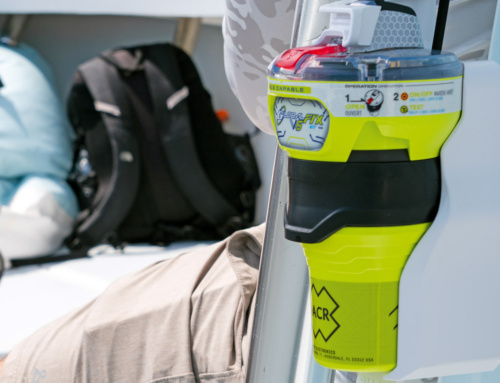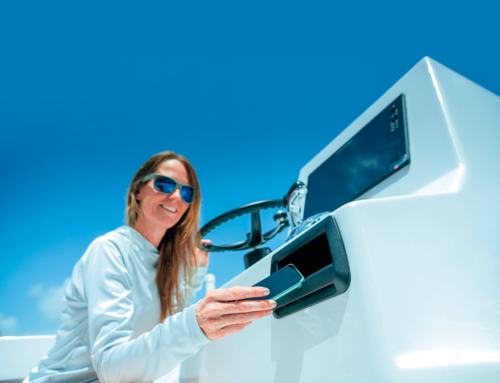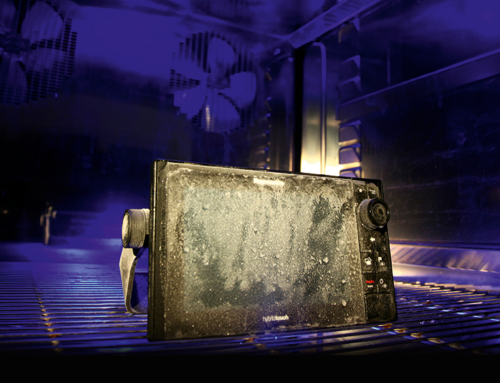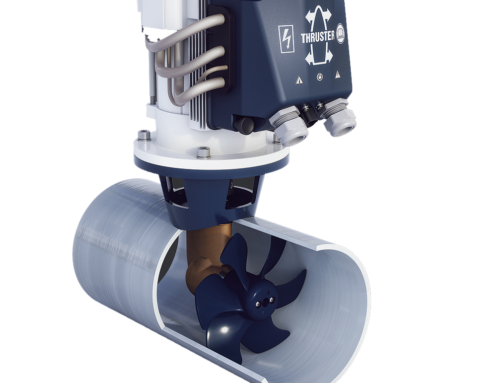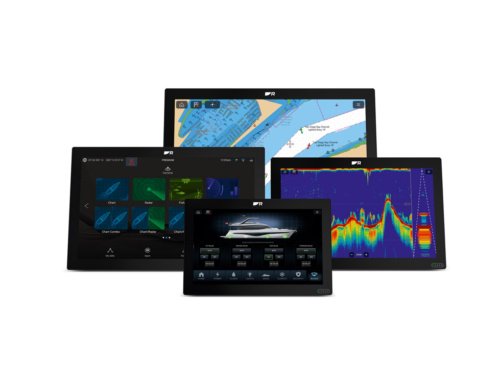Lighter and tougher than a RIB, with the Carbon Cat, less really can be more …
Tough and lightweight, the carbon-fibre Aspen Carbon Cat comes from the stables of Aspen Power Catamarans in the US. This company is known for its efficient, lightweight towable power cats, one of which was skippered from the Arctic to Midway Island in the Pacific. The new compact Carbon Cat may be somewhat modest in comparison to that passage maker, but this company’s design expertise is evident in this mini-cat’s construction.
These boats are ultra-lightweight durable tenders made of carbon fibre, with a ‘super-efficient’ patent-pending hull design. The unusual hull shape of the Carbon Cat combines ‘the best attributes of both catamarans and monohulls’. This hybrid hull concept starts with a deep single-entry forefoot, which cuts a fine entry line while providing a dry stable ride. The hull lines gently widen going aft, and at the stern section they resemble a catamaran hull, providing a good amount of lateral stability and lift.

With its Beachmaster wheels, it can be launched anywhere.
If you think this concept sounds familiar, you would be right. Think Landau 20, as its hull is similar but not identical. The Landau has a very sharp forefoot that cuts a clean path, while creating a bow wave that then gets channelled into the tunnel sections that sit between the extremities of the vessel’s beam and the centre section of the hull. This channelled flow of water serves to enhance hydrodynamic lift at the stern, which consequently improves performance while reducing hull lean when turning at speed. The Landau is known for its ability to cut tight turns with a high degree of stability. The Carbon Cat has shallower tunnels than the Landau, the top surfaces of which are close to the horizontal, as are the planing surfaces of the outer hull sections below the chines. It would not be unrealistic to suppose that these hull lines provide a good degree of lift as is claimed.

The hull shape creates two shallow tunnels aft.
Aspen Power Catamarans rightly state that their efficient design greatly reduces the need for horsepower to plane effectively. The construction means that the power requirements should be 35% less than a comparable inflatable due to the hard bottom and ‘hybrid cat hull shape’. During sea trials, the largest of the three-boat range, the 68kg T11, reached a top speed of 18 knots powered by a single 9.9hp Yamaha outboard – an impressive speed-to-horsepower ratio.
The hybrid cat hull form by its nature will be very stable. Crewmembers can comfortably step on the gunwales while boarding and/or sit there underway. These are finished with a very thick foam rubbing strake made with SeaDek HD. Manufactured for extreme durability, this gives you that ‘bump-free’ reassurance that you get from a RIB, and eliminates the risk of careless scratches and abrasions. The seating area is also cushioned with SeaDek HD.

Wide gunwales make for easy access.
Carbon Cats are simple to stow on board and easy to launch and retrieve, and optional ‘Beachmaster’ transom wheels make beaching the Carbon Cat a simple affair. A moveable seating cube provides a seat for both rowing and helming under power. There are three hull lengths: the 2.8m 57kg T9, the 3.1m 63kg T10 and the 3.4m 68kg T11. In terms of power, the maximum for the T9 and T10 is 9.9hp, while the T11 can handle up to 15hp.

The T11 easily planes with just 9.9hp.


